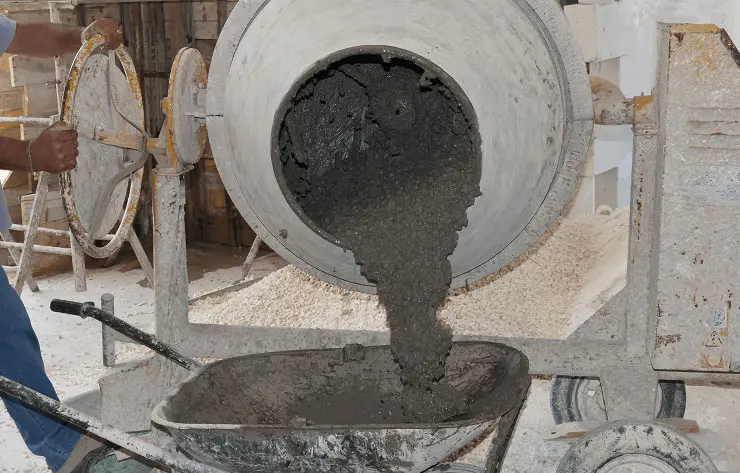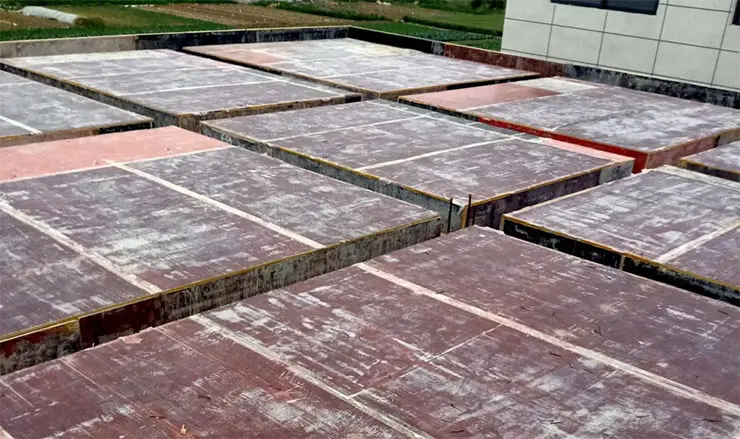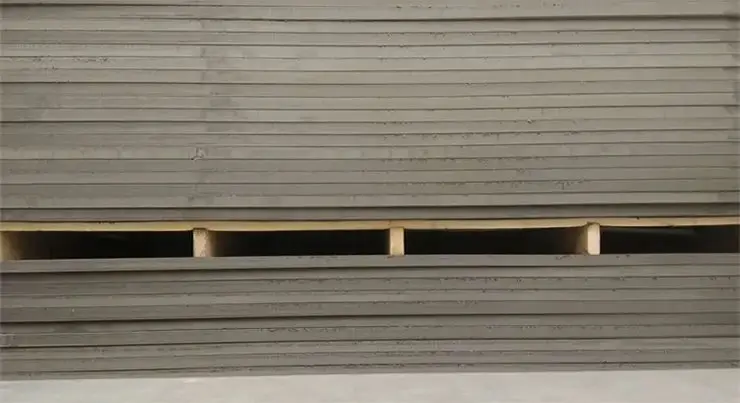The Advantage of Steel fibers in Residential Slabs
-
Improved Mechanical Properties The addition of steel fibers significantly improves the tensile, flexural, and compressive strengths of concrete, as well as its toughness and impact resistance.
-
Improved durability Steel fiber concrete has better durability, including freeze-thaw cycle resistance, impermeability and corrosion resistance.These properties allow steel fiber concrete to have a longer service life in harsh environments such as bridges, harbors and marine structures.
-
Enhanced seismic performance Steel fiber concrete is able to absorb more energy and reduce structural damage under dynamic loads such as earthquakes due to its high toughness and good ductility.This helps to improve the seismic performance of housing floor slabs and ensures safety in natural disasters such as earthquakes.
-
Reduction of cracks steel fiber can effectively limit the expansion of micro-cracks within the concrete, improve the mechanical properties of concrete, and have better ductility.At the same time, steel fiber can also improve the fluidity and densification of concrete, making the construction more convenient and rapid.
-
Environmental protection and economy As a recyclable material, steel fiber has a high environmental value.At the end of the project, steel fiber can be recycled to reduce the impact on the environment.In addition, the use of steel fiber concrete can reduce the amount of reinforcing steel, thus saving material and labor costs.
Steel fibers Content in Residential Slabs
Type |
Recommended Addition Amount |
Fiber Specification Recommendations |
|---|---|---|
|
General residential floor slabs |
20-30 kg/m³ |
Length 30-50mm, Diameter 0.5-0.75mm |
|
Basement Floating Resistant Floor Slabs |
30-40 kg/m³ |
With end hook type, L/D ratio ≥ 65 |
|
Ultra-thin floor slab (≤100mm) |
35-45 kg/m³ |
High strength type (≥1200MPa) |
Key requirements:
Uniformity control: give priority to the use of special fiber disperser casting, strictly prohibit artificial throwing;
Strength suitability: concrete grade ≥ C25, fiber tensile strength ≥ 1000MPa;
Economic threshold: the cost-effectiveness needs to be reviewed when the added amount >45kg/m³.
Construction Key Considerations
Concrete Mixing
1.Feeding order: gravel → cement → 60% water → steel fiber (put in 3 batches) → remaining water;
2.Mixing time: forced mixer ≥ 3 minutes, fiber without agglomeration is regarded as qualified;
3.Collapse degree: it should be controlled at 160-180mm, too large easily lead to fiber settlement.


Pouring and Vibrating
1.Layered pouring: single layer thickness ≤ 200mm, vibrating rod fast insertion and slow lifting;
2.Prohibit over-vibration: vibration time ≤ 15 seconds / point, to avoid fiber sinking aggregation;
3.Surface treatment: secondary polishing before initial condensation, pressing into the exposed fiber.
Conservation requirements
1.Moisture preservation and maintenance: cover with plastic film within 6 hours after pouring, continuous maintenance ≥ 7 days;
2.Timing of cutting joints: cut shrinkage joints (depth ≥1/3 slab thickness) when the concrete strength reaches 5MPa.

Typical Applications:
- Driveways
- Sidewalks
- Decks
- Patios
- Foundations
Synthetic Microfiber Costs in Residential Slabs

Cost analysis: adding 30kg/m³ steel fiber increases the cost by about 40 RMB/m², but saves 25 RMB/m² of rebar tying cost and shortens the working period by 20%;
Life cycle: floor wear resistance is increased by 2 times and crack repair costs are reduced by 60%.
By standardizing the application of monofilament steel fibers, it is possible to achieve a thinning of 10-15% in residential floor slabs, while upgrading the crack resistance level to L-III (crack width ≤ 0.2mm).It is recommended that test blocks be verified before construction to ensure that the fiber dispersion is ≥90%.

Recommended Polypropylene Fiber
FAQ
Surface fiber exposure
Solution:Mechanical grinding treatment + cement paste covering
Poor localized crack resistance
Solution:Drill holes for epoxy slurry + additional fiberglass mesh fabrics.

